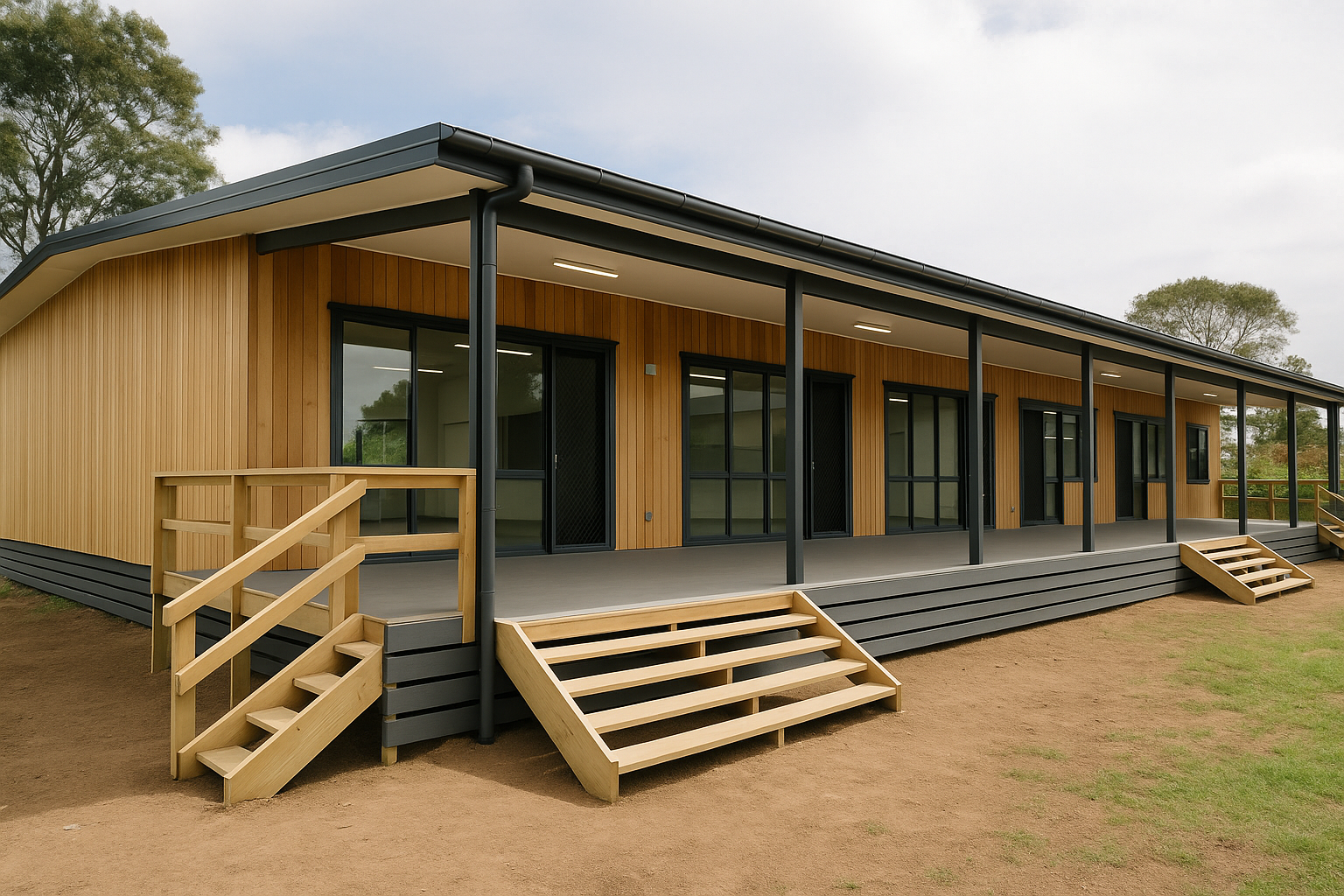NZ Invests $28M in Māori Medium Classrooms, Launches Broader $50M Education Boost
The classrooms will be delivered using modular construction methods, a modern technique known for its speed, adaptability, and cost-efficiency.

- Country:
- New Zealand
As part of a bold initiative to strengthen Māori Medium and Kaupapa Māori education, the New Zealand Government has unveiled a $28 million investment to build 20 new classrooms across the country and commence work on a permanent site for a kura in Northland. Announced during Matariki Hautapu celebrations at Takaparawhau (Bastion Point), this development symbolizes both cultural pride and a strategic effort to expand access to high-quality, full immersion education for Māori students.
Targeted Infrastructure Expansion
The new funding will enable the construction of 20 classrooms across four established kura, aiming to alleviate overcrowding and enhance learning environments. These kura are:
-
Te Kura Kaupapa Māori o Te Ara Whanui (Lower Hutt) – 8 classrooms
-
Te Wharekura o Arowhenua (Invercargill) – 6 classrooms
-
Te Kura Kaupapa Māori o Hokianga (Kaikohe) – 4 classrooms
-
Te Wharekura o Kirikiriroa (Hamilton) – 2 classrooms
Additionally, the investment will kick-start the development of a permanent school site for Te Kura Kaupapa Māori o Ngāringaomatariki in Kaiwaka, north of Auckland. Once completed, the kura will host 19 classrooms and be purpose-built to accommodate future Wharekura (senior secondary) expansion.
Education Minister Erica Stanford, speaking at the Matariki celebrations, noted:
“This Matariki, I am proud to be celebrating the Māori New Year with investing in the future of our tāmariki so they have the spaces and support they need to flourish.”
Faster, Cost-Efficient Delivery Through Modular Construction
The classrooms will be delivered using modular construction methods, a modern technique known for its speed, adaptability, and cost-efficiency. Modular classrooms can be assembled faster than traditional builds, ensuring that students and teachers benefit from new spaces within a shorter time frame—most of the projects are expected to begin construction within the next 12 months.
Minister Stanford emphasized:
“Safe, warm and dry learning environments are essential for effective teaching and learning. By using modular construction, we can deliver classrooms more quickly and make our investment go further.”
Wider $50 Million Budget 2025 Commitment
The $28 million initiative forms part of a larger $50 million commitment made through Budget 2025, which seeks to add up to 50 classrooms for Māori Medium and Kaupapa Māori education, supporting approximately 1,100 ākonga (students). This broader strategy reflects the Government’s focus on addressing systemic inequities and improving outcomes for Māori learners.
Key Components of the Broader Māori Education Package
In addition to physical infrastructure, Budget 2025 includes several strategic initiatives aimed at curriculum enhancement, teacher development, and educational sustainability:
-
$10 million for a new Virtual Learning Network (VLN) focused on STEM (Science, Technology, Engineering, Mathematics) to enhance access for rural and remote learners.
-
$4.5 million for developing te reo matatini (language literacy) and STEM curriculum resources, including comprehensive teaching supports.
-
$2.1 million to develop a new Māori Studies NCEA subject for Years 11–13, creating more robust pathways for senior secondary learners.
-
$14 million to provide training and support for up to 51,000 teachers and kaiako, ensuring cultural and linguistic competency across the sector.
-
$4.8 million to appoint seven new curriculum advisors to specifically support Māori Medium and Kaupapa Māori schools.
-
$4.1 million to build sustainability and data infrastructure for the Kōhanga Reo Network, foundational to early Māori language education.
-
$3.5 million to support engagement with the WAI 3310 Waitangi Tribunal Inquiry into Education Services and Outcomes.
A Vision for Equity and Empowerment
This targeted investment arrives at a pivotal time when the Government seeks to uphold Te Tiriti o Waitangi commitments and improve Māori educational achievement. The announcement reflects a coordinated approach—strengthening infrastructure, curriculum, and professional capability in tandem.
Minister Stanford reiterated the Government's long-term vision:
“We remain committed to properly resourcing our bilingual education system and lifting achievement for Māori students. That includes ensuring our tāmariki have warm, safe and dry classrooms to thrive in.”
This investment marks a major step forward for Māori education in Aotearoa New Zealand. By combining immediate infrastructure upgrades with long-term curriculum development and workforce support, the Government aims to create a more inclusive and empowering learning environment for future generations of Māori learners.










